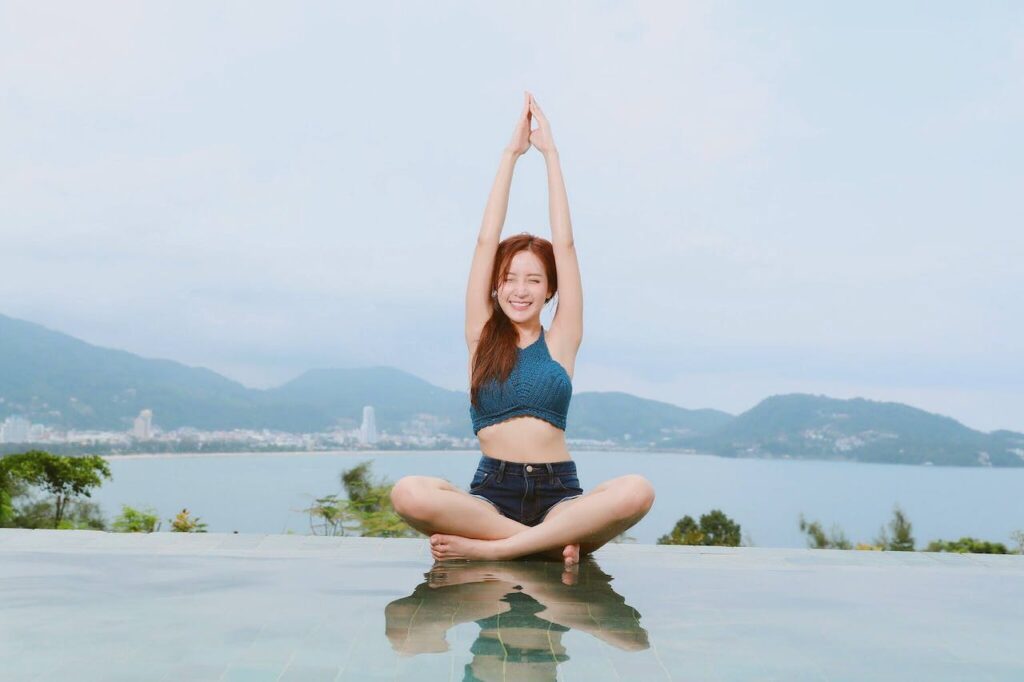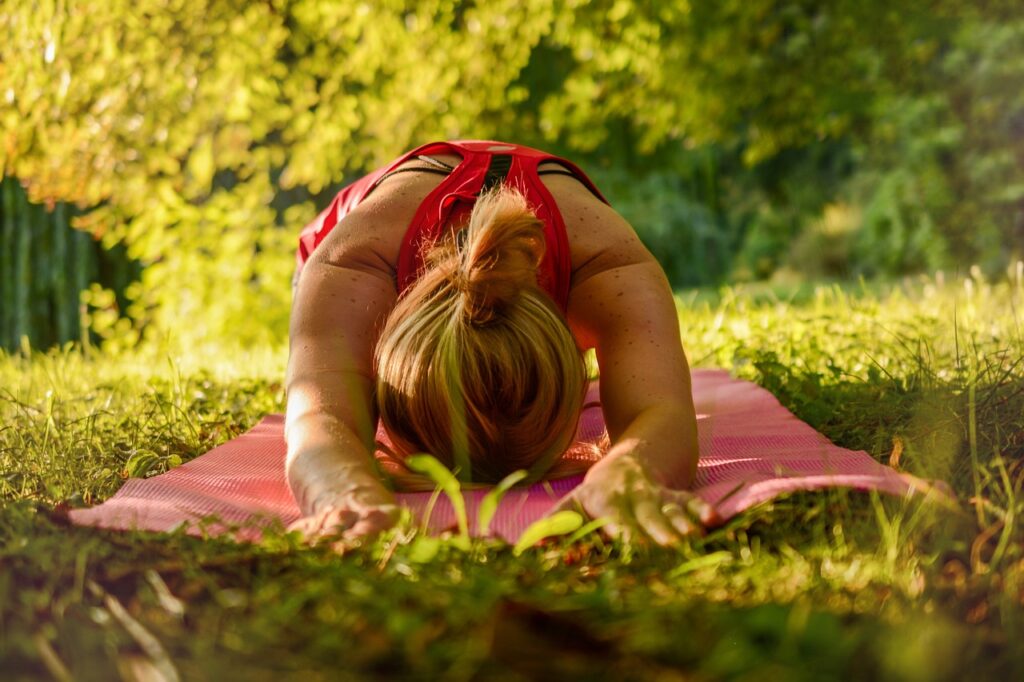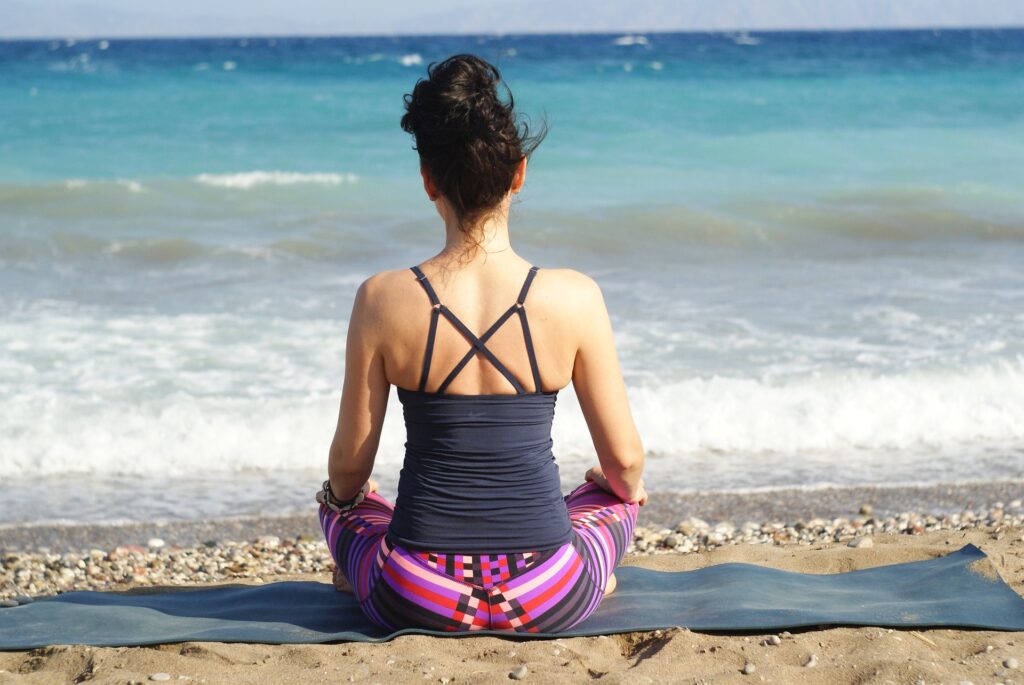Are you a dedicated runner looking to improve your flexibility and prevent injuries? Incorporating yoga into your workout routine could be the solution you’ve been looking for. Yoga not only helps increase flexibility but also strengthens muscles, improves balance, and calms the mind. In this article, we will explore the benefits of yoga for runners flexibility and provide you with some valuable tips and poses to enhance your performance.
Why Yoga for Runners Flexibility?
Many runners focus solely on cardio and strength training, neglecting the importance of flexibility. However, tight muscles can lead to imbalances, poor form, and ultimately, injuries. Yoga targets specific muscle groups, stretches them effectively, and improves overall flexibility. By incorporating yoga into your routine, you can prevent injuries, improve your running form, and enhance your overall performance.

Benefits of Yoga for Runners Flexibility.
- Improved Range of Motion: Yoga helps lengthen and stretch muscles, allowing for a greater range of motion. This can help runners move more efficiently and with less effort.
- Injury Prevention: Tight muscles are more prone to strains and injuries. Yoga helps loosen muscles, reduces the risk of injury, and speeds up recovery time.
- Enhanced Muscle Strength: Yoga poses not only stretch muscles but also strengthen them. This can help improve overall muscle balance and prevent imbalances that can lead to injuries.
- Mental Clarity: Yoga focuses on breath control and mindfulness, which can help runners stay focused and calm during races and training sessions.
Yoga for Runners Flexibility: Incorporating Yoga into Your Routine
Adding yoga to your training routine can significantly enhance your running performance by improving flexibility, reducing the risk of injury, and promoting overall well-being. Yoga helps to lengthen and strengthen the muscles used in running, which can lead to more efficient movement and quicker recovery times. Here’s how you can seamlessly incorporate yoga into your routine:

Start Slow
If you’re new to yoga, begin with beginner-friendly poses and gradually progress to more advanced ones as you build strength and flexibility. It’s important to listen to your body and not push too hard initially. Simple poses like Downward Dog, Child’s Pose, and Cat-Cow can be great starting points.
Consistency is Key
Aim to practice yoga at least 2-3 times a week to see significant improvements in your flexibility and strength. Consistent practice will help your body adapt and become more resilient, benefiting your running performance over time. Even short, daily sessions can make a big difference.
Focus on Problem Areas
Pay particular attention to areas that are tight or prone to injury, such as the hips, hamstrings, and calves. Incorporate poses like Pigeon Pose, Forward Fold, and Runner’s Lunge, which specifically target these muscle groups. This targeted approach can help alleviate tension and improve your range of motion.
Combine Yoga with Running
Consider incorporating yoga into your warm-up or cool-down routine to maximize its benefits for your running performance. Dynamic yoga poses can be used as a warm-up to activate muscles and prepare your body for the run. Post-run, restorative poses can help stretch out muscles, reduce soreness, and promote faster recovery.
Yoga Poses for Runners
Here are some yoga poses particularly beneficial for runners:
- Downward Dog (Adho Mukha Svanasana): Stretches the hamstrings, calves, and shoulders while strengthening the arms and legs.
- Pigeon Pose (Eka Pada Rajakapotasana): Opens the hips and relieves tension in the glutes and lower back.
- Runner’s Lunge (Utthita Ashwa Sanchalanasana): Stretches the hip flexors and quadriceps, improving stride length and power.
- Reclined Hand-to-Big-Toe Pose (Supta Padangusthasana): Stretches the hamstrings and calves, enhancing flexibility and reducing the risk of strain.
- Bridge Pose (Setu Bandhasana): Strengthens the glutes and lower back while opening the chest and hip flexors.

Breathing and Mindfulness
In addition to physical benefits, yoga emphasizes breathing techniques and mindfulness, which can enhance your mental focus and endurance during runs. Practicing deep, controlled breathing in yoga can help improve your oxygen intake and lung capacity, directly benefiting your running.
By integrating yoga into your routine, you can create a balanced training program that supports both your running goals and overall health. Whether you’re aiming for a personal best in your next race or simply want to enjoy pain-free runs, yoga can be a valuable addition to your fitness regimen.
Top Yoga Poses for Runners Flexibility
- Downward-Facing Dog: This pose stretches the calves, hamstrings, and lower back, making it an excellent choice for runners.
- Pigeon Pose: Pigeon pose targets the hip flexors and glutes, areas often tight in runners due to repetitive motion.
- Lizard Pose: Lizard pose opens up the hip flexors, hamstrings, and groin, helping to improve overall flexibility and range of motion.
- Standing Forward Fold: This pose stretches the hamstrings and calves, perfect for relieving tightness after a run.
Conclusion
Incorporating yoga into your routine can have significant benefits for runners looking to improve flexibility, prevent injuries, and enhance overall performance. By dedicating time to yoga practice, you can improve your range of motion, strengthen muscles, prevent imbalances, and find mental clarity. Start slowly, be consistent, and focus on problem areas to see the best results. Remember, yoga is not just about physical benefits but also mental and emotional well-being. Commit to your practice, and you’ll soon experience the positive impact yoga can have on your running journey.


